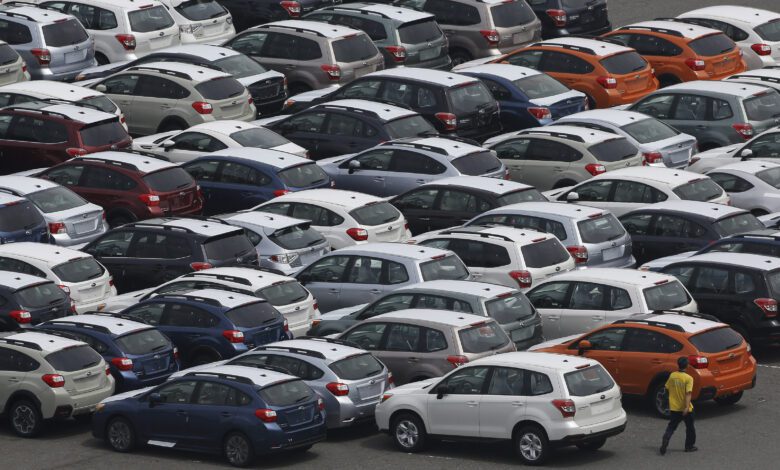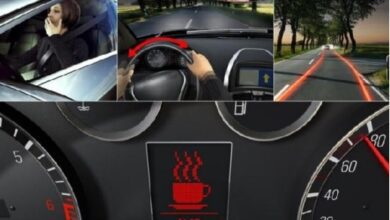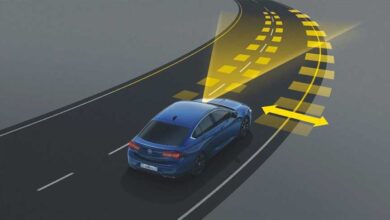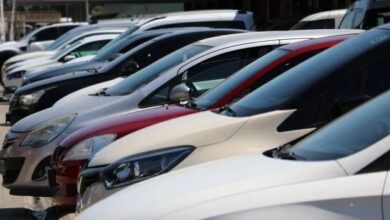What is GSR II? It comes into effect on July 7

Starting July 7, 2024, a new set of mandatory vehicle safety features will be required for vehicle registration within the European Union. These regulations, adopted by the European Commission in 2022, aim to enhance the safety of both drivers and passengers. Below, we outline these critical safety features that all vehicles must include under the new GSR II Regulations.
Understanding GSR II Regulations
The General Safety Regulation II (GSR II) encompasses a series of safety measures designed to reduce road accidents and enhance road safety across Europe. Here are the key features:
1. Emergency Braking Assist (Front Assist)
Emergency Braking Assist (EBA) automatically activates the vehicle’s braking system to prevent collisions or reduce the impact severity. This technology significantly improves reaction times in critical situations, potentially saving lives.
2. Driver Drowsiness Detection System
The Driver Drowsiness Detection System continuously monitors the driver’s attention levels and issues alerts when signs of fatigue are detected. This feature has been prevalent in VW Group vehicles for a long time, enhancing driver alertness and reducing accident risks.
3. Alcohol Interlock Installation Facilitation
Alcohol Interlock Systems prevent vehicle operation if the driver’s breath alcohol concentration exceeds a preset limit. As described by Volvo, this system requires a breath test before the engine can start, ensuring the driver is not under the influence of alcohol.
4. Event Data Recorder
An Event Data Recorder (EDR) captures critical data during a collision, akin to a black box in aviation. It records various metrics such as speed, direction, and braking force, aiding in post-accident analysis and helping improve future vehicle safety.
5. Automatic Emergency Stop Signal
Automatic Emergency Stop Signals activate flashing lights during sudden braking, alerting drivers behind and reducing the likelihood of rear-end collisions. This feature will become standard across all vehicles in the EU to enhance road safety.
6. Safety Glass for Pedestrian Protection
Safety glass windshields provide additional protection to pedestrians during a frontal collision, minimizing injury risks. This innovation is part of the comprehensive strategy to enhance overall road safety.
7. Intelligent Speed Assistance and Traffic Sign Recognition
Intelligent Speed Assistance (ISA) adjusts the vehicle’s speed according to road limits, working in tandem with Traffic Sign Recognition systems. Cameras detect and interpret traffic signs, alerting drivers and promoting adherence to speed limits for safer driving.
8. Lane Keeping Assist (Lane Assist)
Lane Keeping Assist helps maintain the vehicle within its lane, with the ability to provide steering input when necessary. The EU mandates that this system not only give auditory warnings but also actively intervene to prevent unintentional lane departures.
9. Rearview Camera or Rear Park Distance Sensor
Rearview cameras and rear park distance sensors assist drivers in maneuvering by providing a clear view of the surroundings, reducing the risk of collisions during reverse operations. These features will soon be standard in many vehicles to enhance parking safety.
10. Blind Spot Warnings and Tire Pressure Monitoring Systems
Blind Spot Warning systems and Tire Pressure Monitoring Systems (TPMS) are crucial for larger vehicles like buses and trucks. These technologies warn drivers of nearby vehicles in blind spots and ensure tires are correctly inflated, respectively, thus preventing accidents caused by tire failures and poor visibility.
Will These Safety Features Increase Vehicle Prices?
The mandatory implementation of these safety features will make vehicles without them ineligible for registration and sale in the EU. Currently, many of these features are optional or available in higher-end models. Consequently, the inclusion of these safety technologies may lead to an increase in vehicle prices starting in July. However, these enhancements are essential for improving road safety. Notably, these requirements do not apply to used vehicles for sale or transfer, thus not affecting the second-hand market significantly.
When purchasing a vehicle, prioritizing safety features is crucial. Ensuring your vehicle is equipped with these advanced safety systems can provide greater peace of mind and contribute to a safer driving experience for everyone on the road.
Zapyus Media sitesinden daha fazla şey keşfedin
Subscribe to get the latest posts sent to your email.









